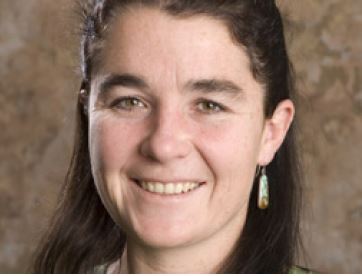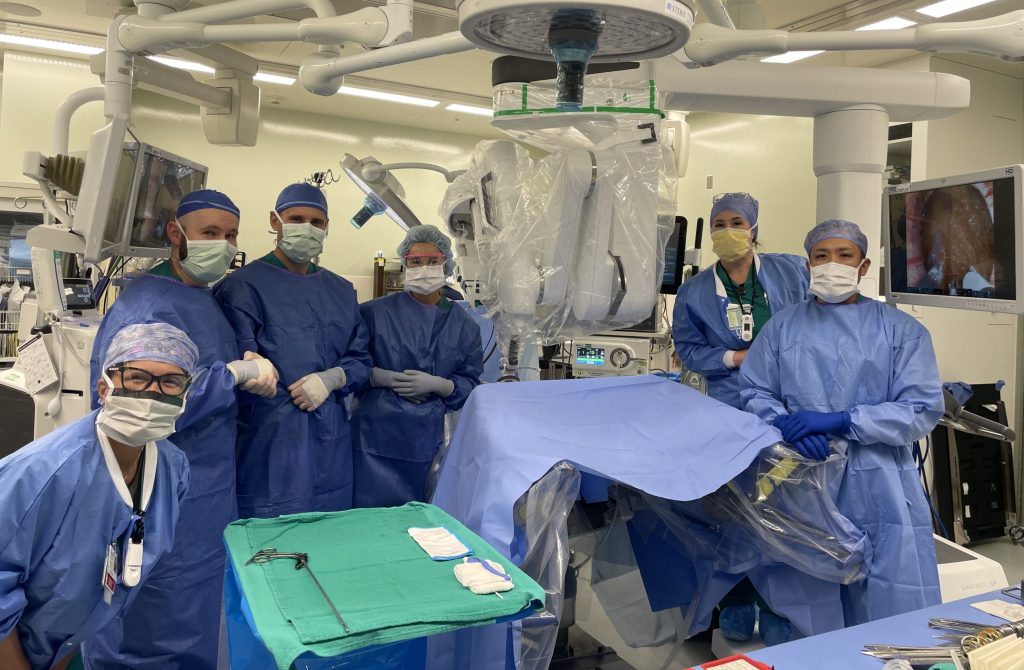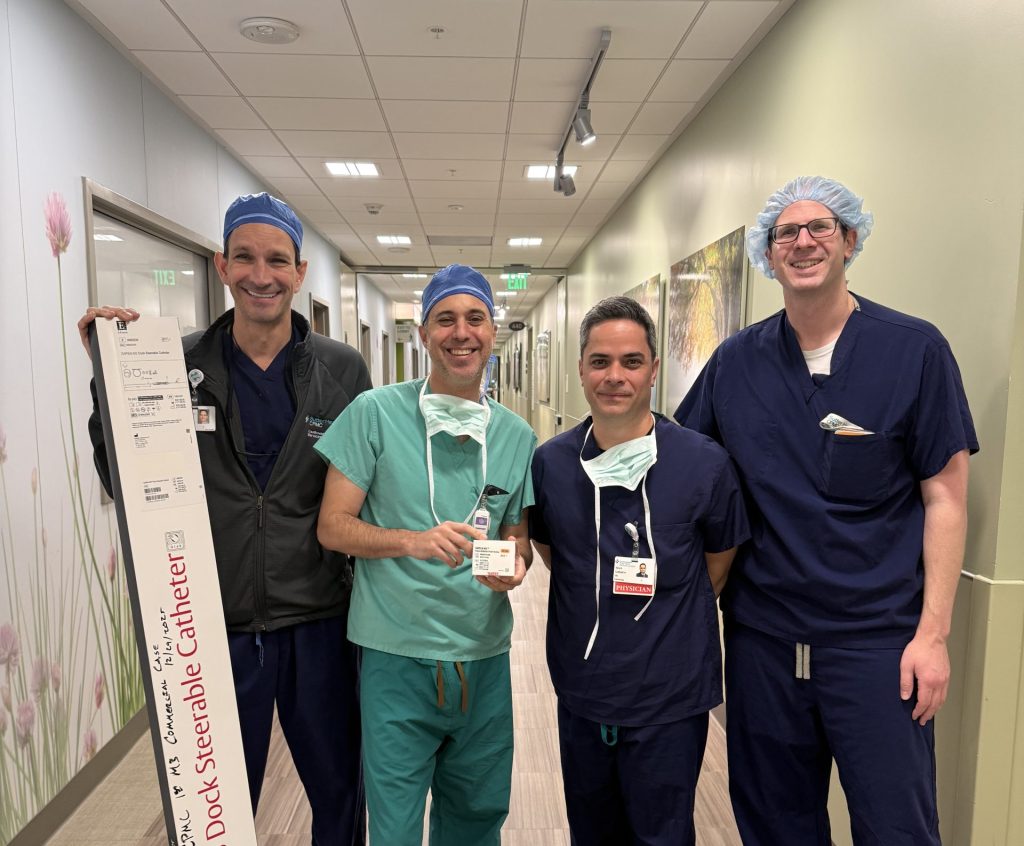As people age, they may experience an increase in things like grey hair, weight around the middle and potentially lapses in memory. But some aspects of our body’s functioning decrease with age, and muscle mass is one.
Sarcopenia, a reduction in skeletal muscle mass and function, is a health condition that commonly causes reduced or impaired mobility in older adults. This process may limit one’s ability to perform simple activities of daily living and contribute to disability, loss of independence and an increased risk of hospitalization and/or need for long-term care.

Peggy Cawthon, Ph.D., scientific director of Sutter’s California Pacific Medical Center Research Institute
“People begin gradually losing muscle mass as early as age 30,” says Dr. Peggy Cawthon, a Sutter researcher and scientific director of Sutter’s California Pacific Medical Center Research Institute (CPMCRI). “But for many older adults, this loss happens faster and can be more debilitating, leading to increases in falls, hospitalization, reliance on long-term care and even death.”
Dr. Cawthon says most older individuals think that difficulty climbing stairs or rising out of a chair is inevitable with aging, when these challenges may in fact be due to sarcopenia.
Recognizing the signs of sarcopenia
Besides older age, inactivity, lack of exercise and poor nutrition also increase an individual’s risk of sarcopenia. Symptoms of the condition include falling, muscle weakness, slow walking speed, muscle wasting and difficulty performing normal daily activities.
Dr. Albert Lam, a gerontologist and geriatrician at Sutter’s Palo Alto Medical Foundation says there’s unfortunately no definitive tests doctors use to confirm a diagnosis of sarcopenia.
“The diagnosis and management of sarcopenia continues to evolve. Although research on this geriatric condition has developed rapidly in recent years, few studies have assessed how doctors and patients can work together to incorporate sarcopenia screening and proactive prevention and management into clinical practice,” says Dr. Lam. “Through clinical care and research, here at Sutter we work to foster a meaningful quality of life for adults as they age.”
New research to improve understanding of sarcopenia
Research at Sutter is helping move sarcopenia from the shadows to the light.
A study co-led by Dr. Cawthon suggests sarcopenia is potentially under-recognized and under-treated in clinical practice. The findings were recently published in the Journal of the American Geriatrics Society.
Results of the online survey of 253 practicing U.S. physicians revealed less than 20% of surveyed internists and family medicine clinicians reported being very familiar with the term “sarcopenia.” Awareness was higher among geriatricians at 70% and among physical medicine and rehabilitation specialists at 41%. The survey was conducted between August and October 2021 by the Aging in Motion Coalition.
Dr. Cawthon says the survey findings highlight the need for increased clinician awareness of sarcopenia, universal agreement on criteria for diagnosis, and better incorporation of evidence-based guidelines into clinical practice.
Preventing Muscle Loss with Aging
Regular physical activity is one of the best ways to prevent sarcopenia as we age, including weight-bearing or resistance training. Consider working with a qualified trainer or physical therapist to develop an exercise plan that’s right and safe for you.
Proper nutrition can help boost the effects of regular exercise in maintaining skeletal muscle mass.
“Older adults at risk of severe sarcopenia should consider increasing daily intake of protein and incorporating strengthening exercises with weights into their weekly physical activity regimen,” says Dr. Lam. He encourages older adults to talk to their doctor or other healthcare provider about what daily intake of protein is sufficient for them.
Treatments for sarcopenia include addressing potential underlying causes like malnutrition, type 2 diabetes, obesity, high blood pressure, cancer and gastrointestinal disorders.





